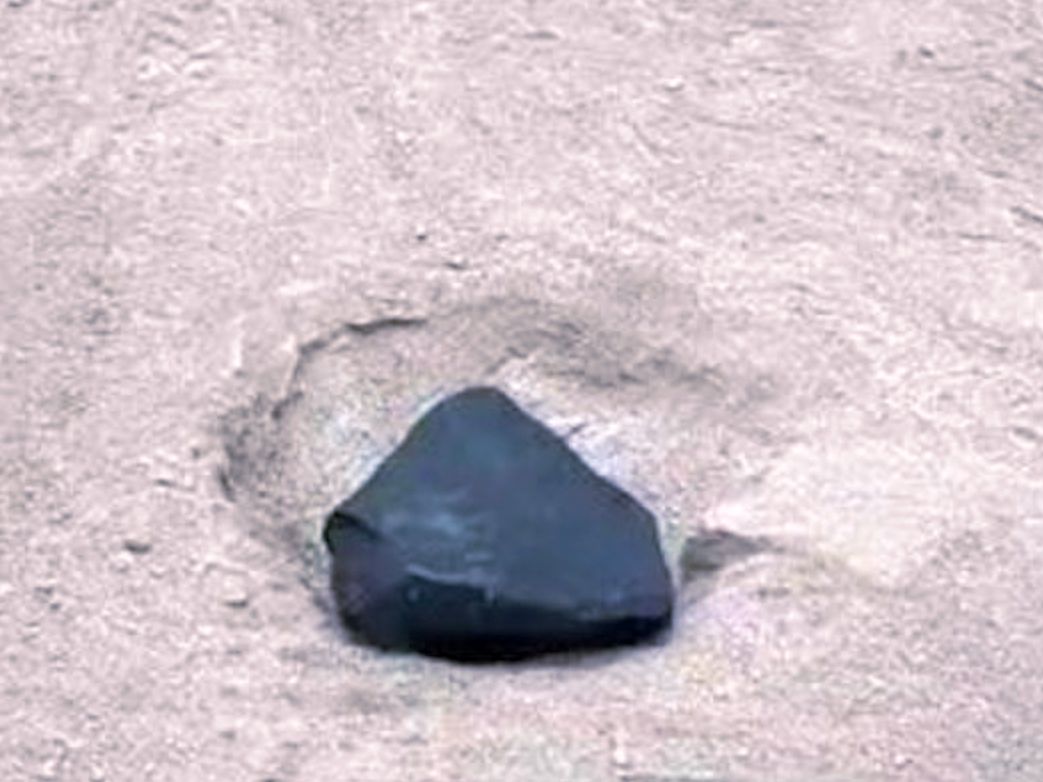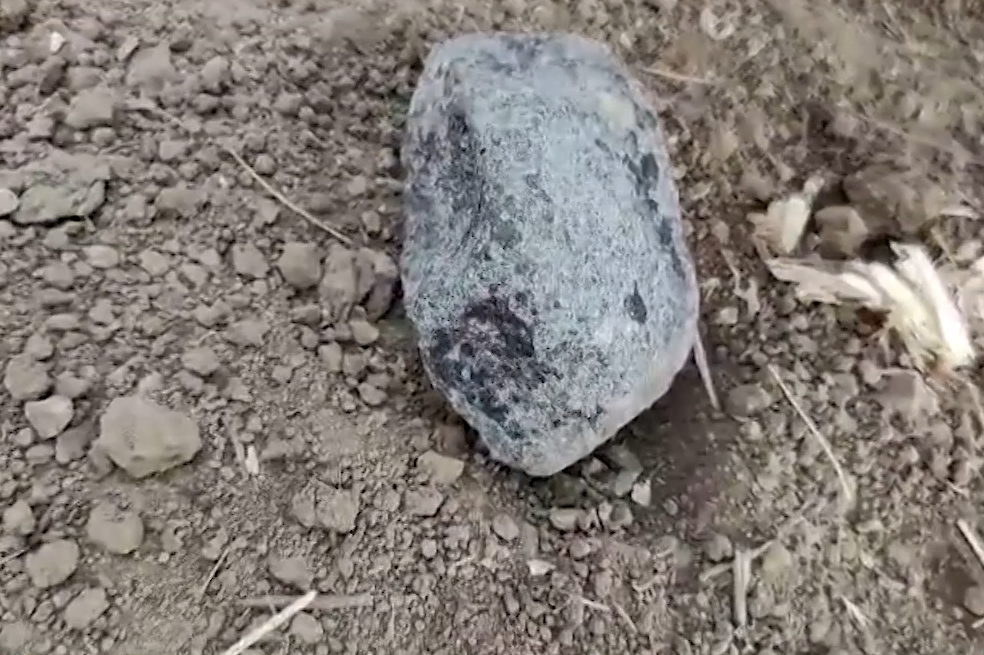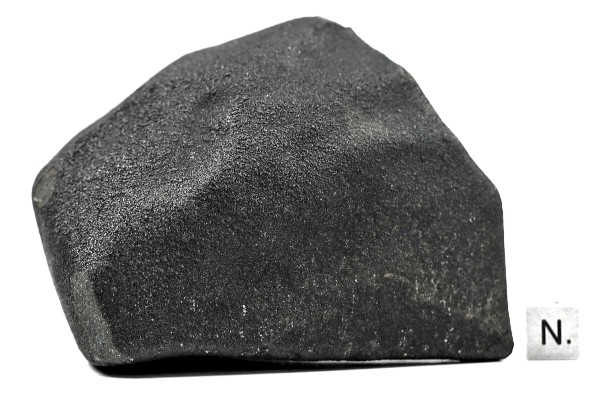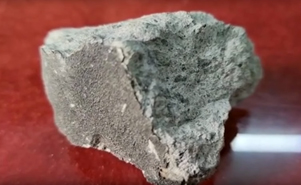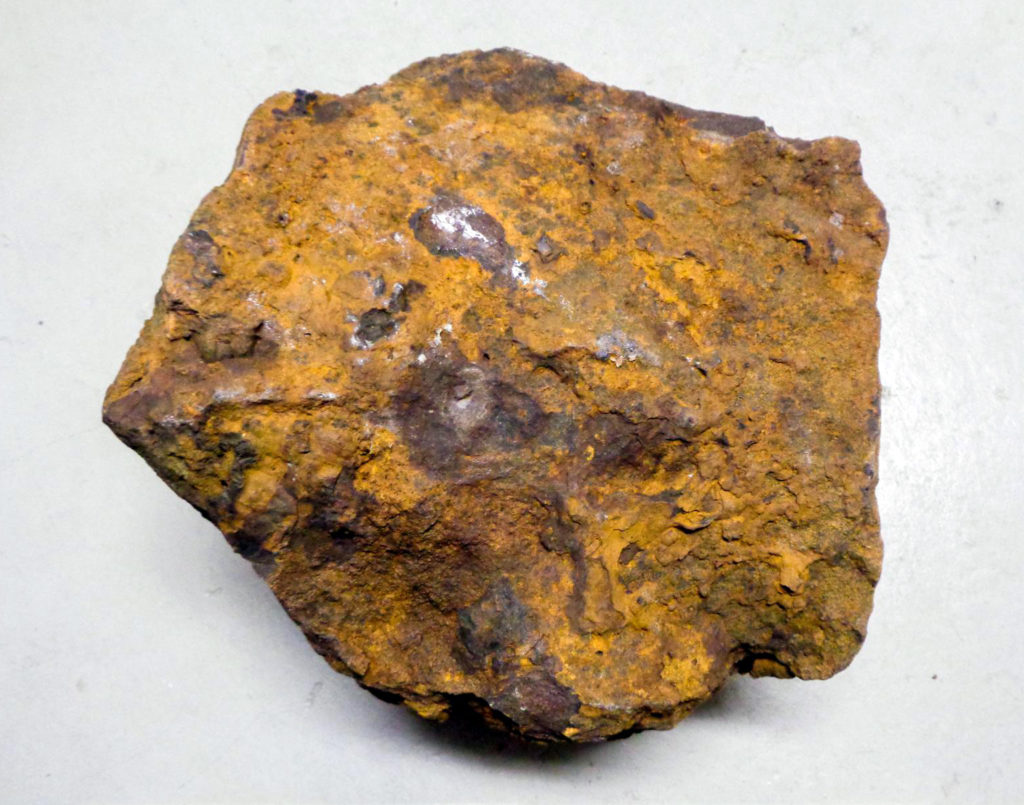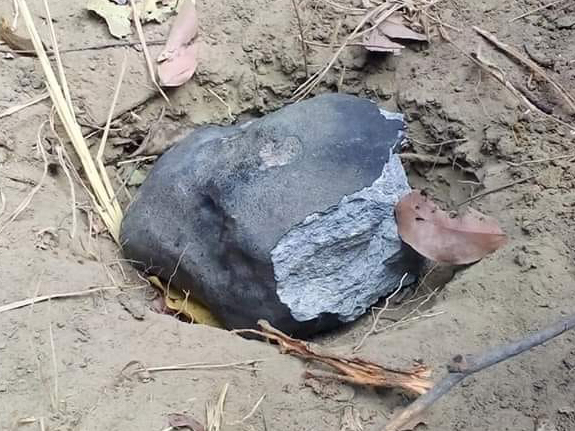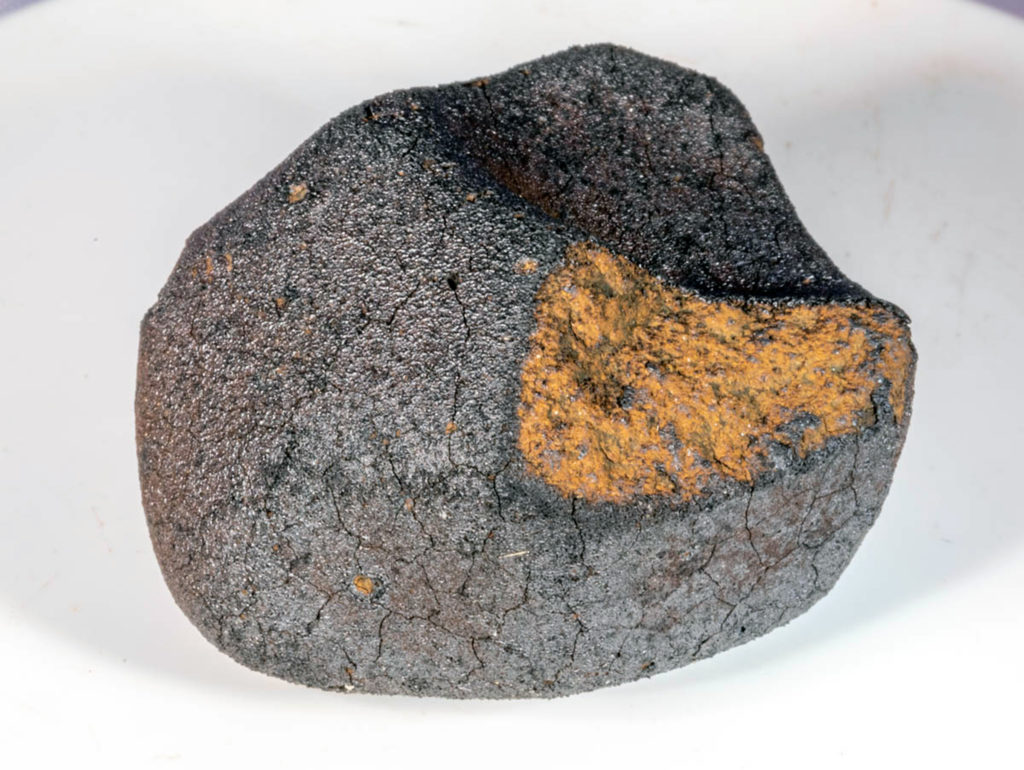Origin of eclogitic clasts in CR chondrite Northwest Africa 801: Growing evidence for large parent bodies in the CR reservoir of the early solar system
J.S. Gorce, E.A. Heiny, J. Filiberto, C. Goodrich
Earth and Planetary Science Letters
Volume 662, 15 July 2025, 119371
“Highlights
- Eclogitic clasts in CR2 NWA 801 equilibrated at 15 kbars and 720°C.
- The clasts later experienced aqueous alteration at P∼3-5.5 kbars and T ∼ 200-400°C.
- Pressures and temperatures equate to parent body size estimates of ∼2180-3700 km.
- Results imply that chondritic bodies were much larger than past estimates.”
“There is a growing body of evidence that the range of planetary parent bodies sizes is greater than previously understood as new pressure and temperature (P-T) estimates of amphibolite and eclogite mineral assemblages found in chondrites are determined and subsequently used to estimate parent body sizes. Here we use thermodynamic modelling techniques to estimate that clasts containing eclogite-like minerals found in NWA 801 equilibrated at 13-15 kbars and 720°C under dry metamorphic conditions, and hydrous phases form after peak metamorphism during aqueous alteration at P∼4-6 kbars and T ∼ 200-400°C and a water/rock ratio of ∼0.006 (< 0.5 wt % H2O). Parent body size estimates are similar to previous work (2050-3700 km), but do not require that the eclogitic clasts be sampled from near the center of the parent body to achieve a peak metamorphic pressure of 13-15 kbars. The eclogitic clasts in NWA 801 are part of a growing body of evidence that imply that chondritic parent bodies could have been much larger than what has been suggested in the past (1000s vs 10s-100s km in diameter), and that the diversity of size in chondritic parent bodies is much greater than previously understood.”

